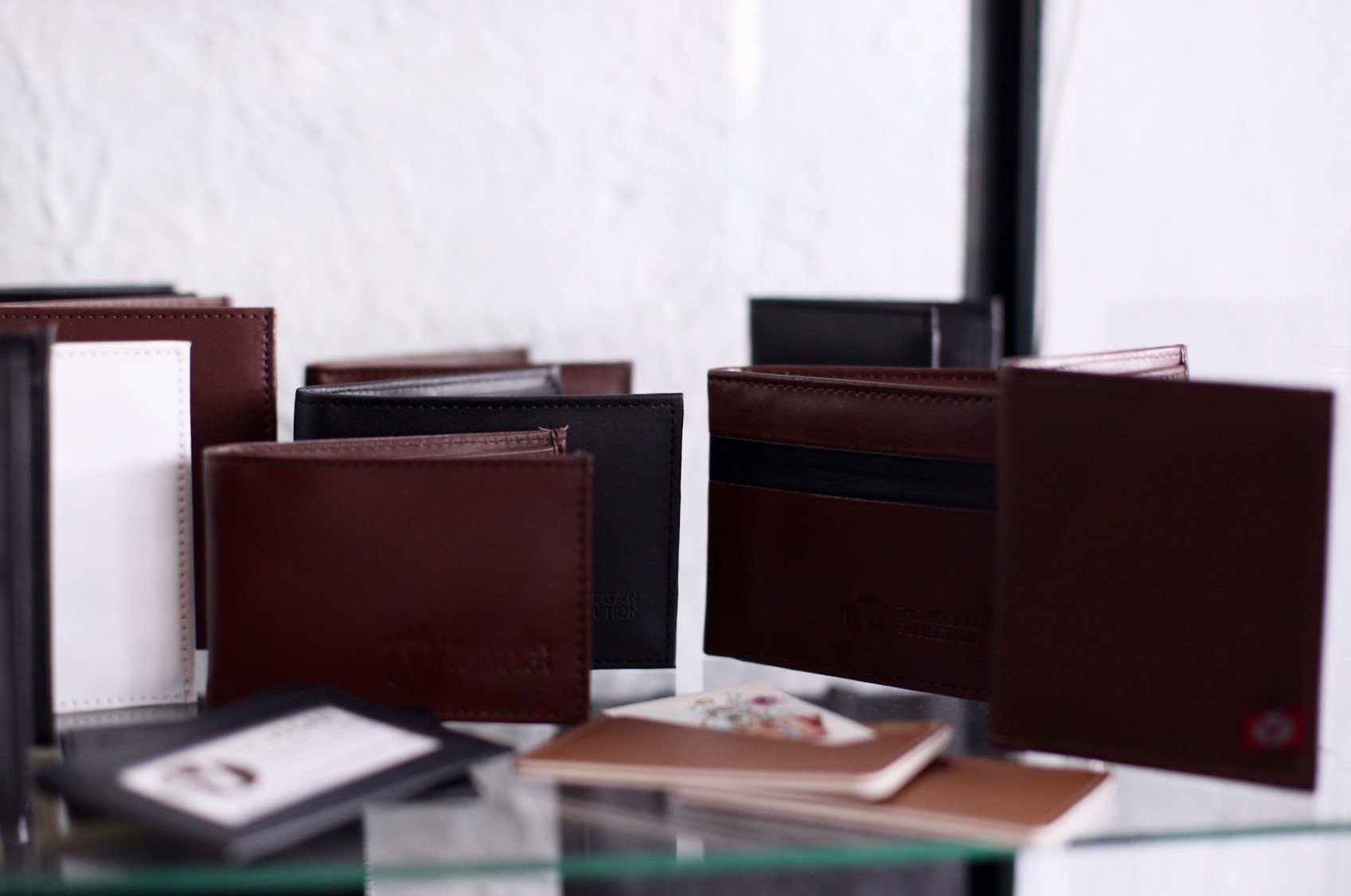How to Wear in New Shoes Properly
Buying shoes is never going to be sustainable, no matter what material we choose, if we don't end up wearing them because they're too uncomfortable. Wearing in new shoes properly can feel like a (literal) pain, keeping us wearing our older, more beaten up pairs instead. But never fear! We've got some simple tips to help your new, shiny pair of shoes become just as comfortable.

It's important to make sure you choose the correct size of shoe, because something too small or too large can cause both friction and movement, in turn resulting in blisters.
If you're not sure of your size, or if a certain shoe will fit you, just ask! Brands and businesses should know if a certain shoe runs slightly smaller or larger, and how they've been fitting other people. Try comparing the size of your other shoes, too.
Once you've got your new shoes, there's plenty you can do to reduce the chance of sore, blistered feet.

Tip 1: Care for the skin on your feet
If you have hardened callouses or corns on the heels of your feet, the side of your big toe, or anywhere else, these can actually make your feet more prone to blisters, even though the skin seems tougher.
That might sound counterintuitive, but sometimes these build ups can mean your foot rubs against the inside of a shoe more, as the skin thickens. This can lead to blisters building up underneath in some cases, according to a foot and ankle surgeon. You may not feel this pain in your regular shoes, because they have had the chance to mould to your foot over time already.
Keep the skin on your feet soft by using a pumice stone after a shower, and if you need more professional help because of ongoing sores and pressure on your feet, head to your GP.

Tip 2: Add a layer between your shoe and your skin when your shoes are new
When in doubt, double sock it. Wearing two layers of socks has been shown through studies to reduce blisters, because the friction between the inside of your shoe and your skin is lessened by that extra pair – basically, the shoe, sock and sock rub together, instead of your shoe, sock and skin.
There are also plenty of products designed specifically to prevent blisters if you need them – thick blister bandaids, 'shoe petals' (which are better as they're reusable) and so on. These can be great for when you're wearing in new shoes, as well as for extra long days.
It's worth noting that the exact same shoe will feel different to different people – one person's comfortable is another person's sore. This could be for a number of reasons, and it's often because all of our feet are shaped differently! By getting to know the shape of your foot, for example if you have a high arch, or wide front of the foot, you can keep that in mind even before you purchase your shoes, as well as when it comes to placing extra protection for your skin.

Tip 3: Prevent moisture build up in your shoes
A podiatrist will tell you that blisters take place more easily when conditions are moist. That might sound a little gross, but in essence, if your foot is sweaty, that sweat clogs the pores in your skin, leading to blisters.
Leave your shoes to dry out after you wear them, and try to take them off for a break amongst your day, if that's possible.
Those with long days might want to consider shoes which have more breathable design, for example sneakers with airflow holes on the side. Foot powder and even spray-on antiperspirant are also options to consider if need be.
Rotating your shoes, rather than wearing the same pair every single day, will also help with keeping moisture levels in check.

Tip 4: Make sure your foot and shoe are moving as one
Friction occurs when your feet and your shoes aren't totally synced up. One reason this can happen is because the shoes aren't quite tight enough on you.
If you're wearing laced shoes, tighten them! If you're not, try an insert designed to make larger shoes fit better, an additional insole, or even a gel insole, with both making the shoes more comfortable for longer wear.

Tip 5: Take it slow to begin with
Don't wear your new shoes all day the first time you wear them – take it slow, get to know them! Your shoes will mould to your feet over time, and to avoid pain, we shouldn't try to make this happen all at once.
Try wearing your shoes around the home, or on short walks and trips before pushing them further.


















Leave a comment